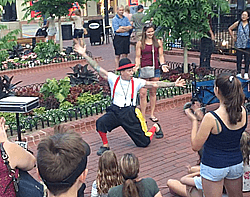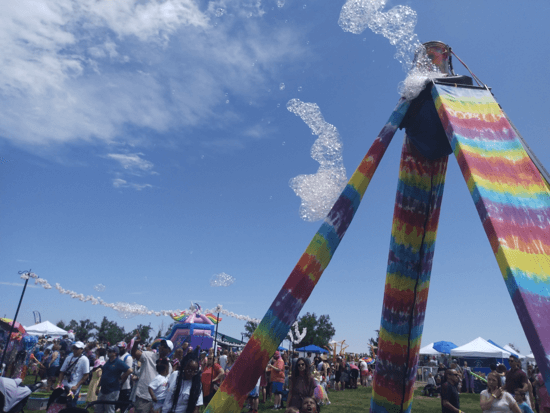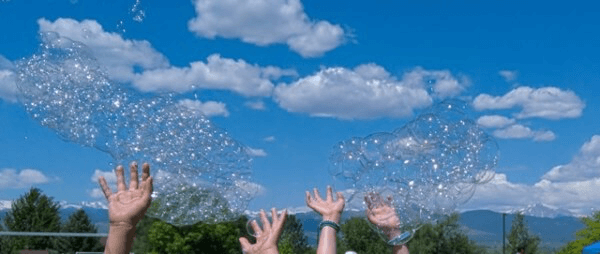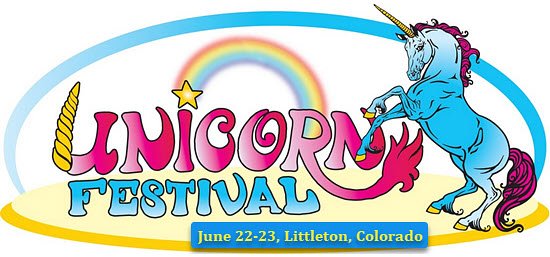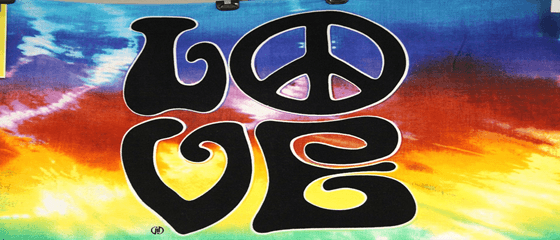Must-See Attractions at a County Fair
The moment you step onto the fairgrounds, a mix of sights, sounds, and aromas pulls you in. The flashing lights of carnival rides, the laughter of families, and the scent of fried treats create an atmosphere filled with excitement. Whether it’s the thrill of fast-paced rides, the joy of tasting classic fair food, or the simple pleasure of watching a pig race, every fair offers something memorable. Must-See Attractions at a County Fair A county fair isn’t just another event. it’s a celebration of community, tradition, and fun. Whether you’re attending with family, friends, or even on your own, knowing what to expect can help you make the most of your experience. From heart-racing attractions to delicious snacks and one-of-a-kind entertainment, here’s a guide to the must-see attractions you shouldn’t miss. 1. Thrilling Carnival Rides That You Can’t Miss The carnival rides are often the most eye-catching part of any fair. Bright lights, pulsing music, and the screams of excited riders set the stage for an adrenaline-filled adventure. Classic Fair Rides: Ferris Wheel: A timeless ride that offers stunning views of the fairgrounds, especially breathtaking at night. Carousel: With hand-painted horses and charming music, this ride is perfect for both kids and those who enjoy a touch of nostalgia. Tilt-a-Whirl: A spinning, unpredictable ride that leaves riders laughing and dizzy. Drop Tower: Feel your stomach lurch as you experience the sensation of free-falling from the top. High-Speed and Extreme Thrill Rides: For those who love the rush of high speeds and unexpected twists, these rides are worth a try: Roller Coasters: Some fairs bring portable roller coasters that, despite their size, deliver big thrills. Zipper: A ride that combines flipping and spinning for a chaotic, heart-racing experience. Swing Rides: While it may seem gentle at first, some versions of these rides lift you high into the air and spin you at fast speeds. Whether you’re seeking a laid-back experience or a full-throttle adrenaline rush, the fair offers a variety of rides to match your excitement level. 2. The Irresistible World of Fair Food Fair food isn’t just about eating—it’s an experience in itself. From sweet treats to savory delights, the fairgrounds are home to some of the most unique and indulgent dishes you’ll find anywhere. Fairground Favorites: Corn Dogs: Crispy, golden, and perfect for eating on the go. Funnel Cake: A deep-fried, sugary masterpiece that’s an absolute staple. Cotton Candy: Light, fluffy, and a must-have for kids and adults alike. More Adventurous Options: Deep-Fried Everything: Oreos, Twinkies, [...]





